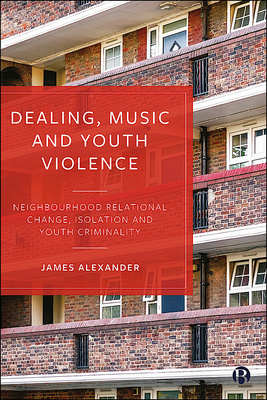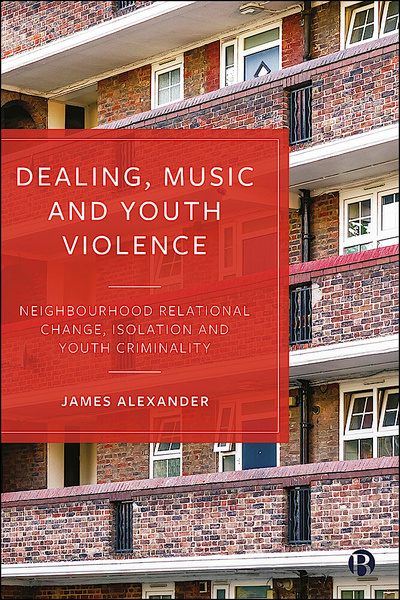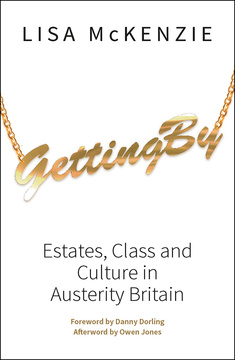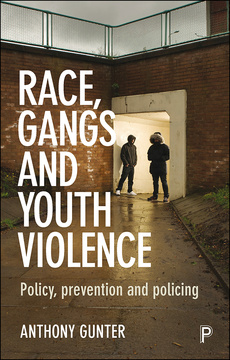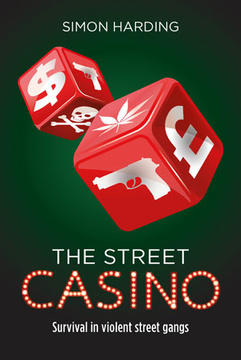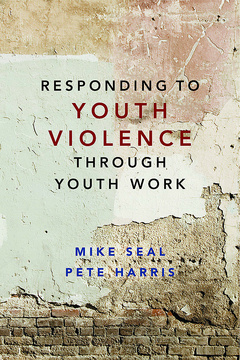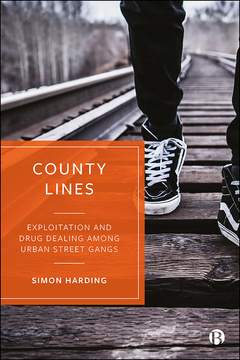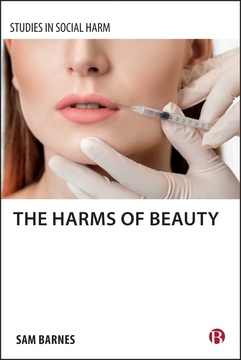Dealing, Music and Youth Violence
Neighbourhood Relational Change, Isolation and Youth Criminality
By James Alexander
Published
Jan 17, 2023Page count
166 pagesISBN
978-1529216516Dimensions
234 x 156 mmImprint
Bristol University PressPublished
Jan 17, 2023Page count
166 pagesISBN
978-1529216523Imprint
Bristol University PressPublished
Jan 17, 2023Page count
166 pagesISBN
978-1529216523Imprint
Bristol University PressDepending on their dynamics, neighbourhoods may serve to contain or exacerbate youth violence. This book uses fascinating ethnographic and interview data to explore the disappearance of localized relationships in a South London housing estate. Through a comparative analysis of the experiences of different generations, James Alexander considers the impact of both wider socio-economic developments and the gradual move from neighbourly to professional support for young people.
As well as evaluating the effectiveness of youth work programmes, he considers how the actions of neighbours and the decisions of policymakers influence how supported young people feel and, consequently, their vulnerability to criminal influences.
“While politicians scratch their heads and the media sensationalize, the reasons behind young working-class people’s engagement in drug dealing and territorial gangs are mostly ignored. This book opens up a world where families fear for their youngsters’ lives, and yet London keeps moving as if they don’t matter.” Lisa McKenzie, University of Bedfordshire
“A deep and subtle study of London street culture from the perspective of young people and community activists. Alexander tells the story with a reality few scholars can muster.” Jonathan Ilan, City, University of London
James Alexander is Associate Enterprise Fellow in Criminology at London Metropolitan University.
1. Introduction: Nearly Two Decades of Concern, yet Young People Are Still Dying
2. The Wider Historical and Social Context of ‘Black Criminality’ and Youth Violence
3. Exploring the Neighbourhood
4. Localised Disempowerment and the Development of Criminal Cultures
5. All Alone: Youth Isolation and the Embedding of a Violent Street Culture
6. Studio Time, Drill and the Criminalisation of Black Culture
7. Separated, Isolated, Unconnected
8. The New Normal: From Gang Violence to Individualised Danger and Child Criminal Exploitation
9. Learning from the Past, or More of the Same
10. Conclusion: Better Support but the Violence Remains








